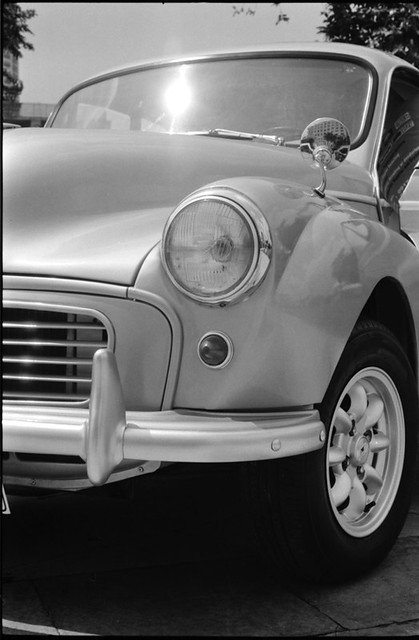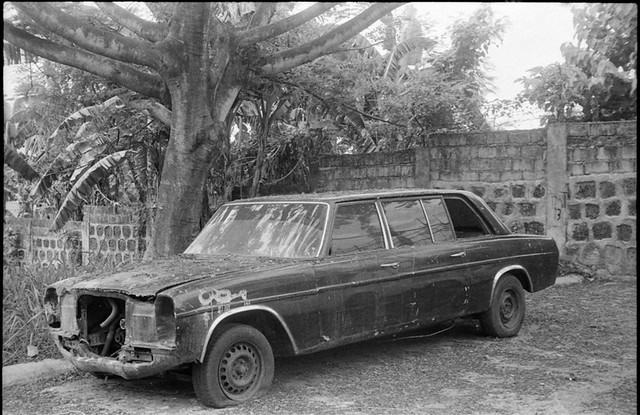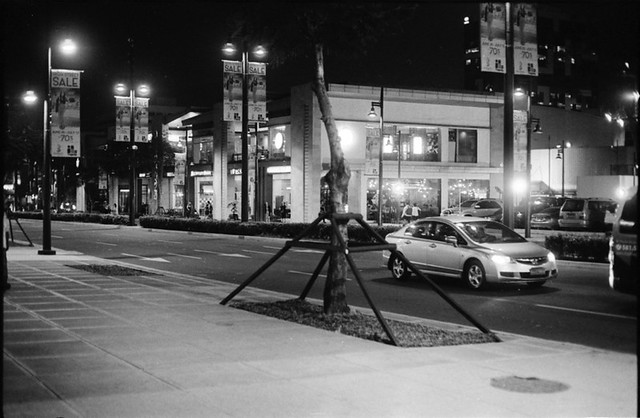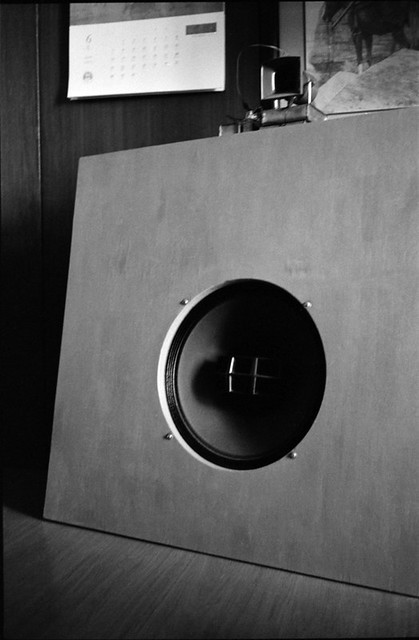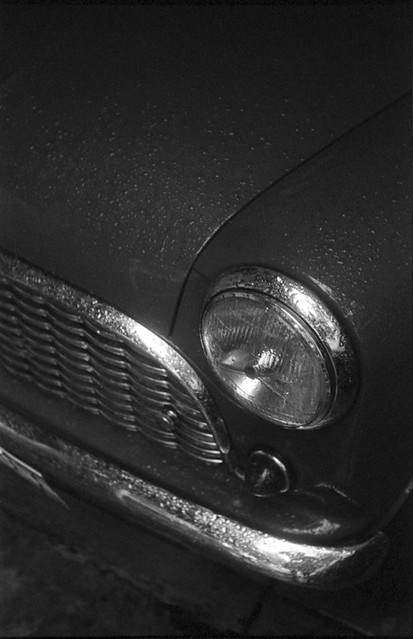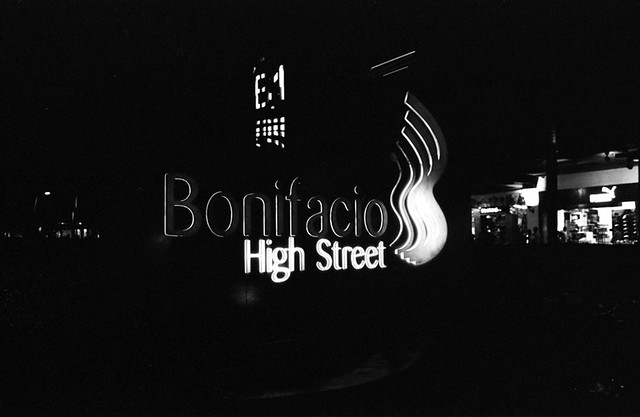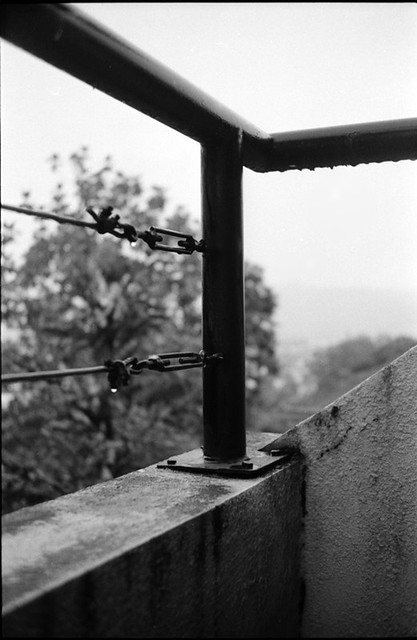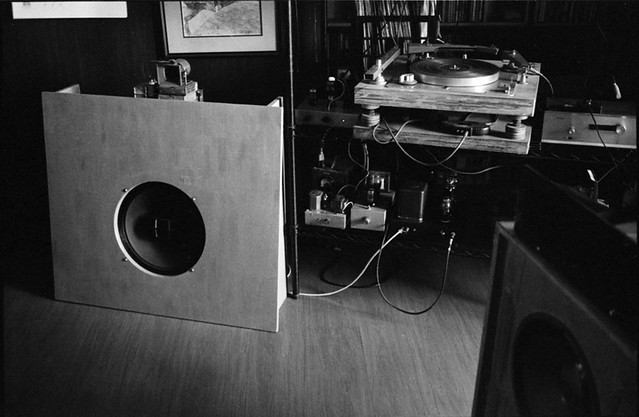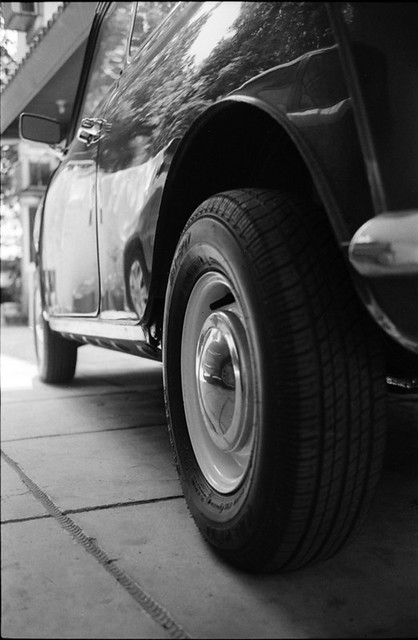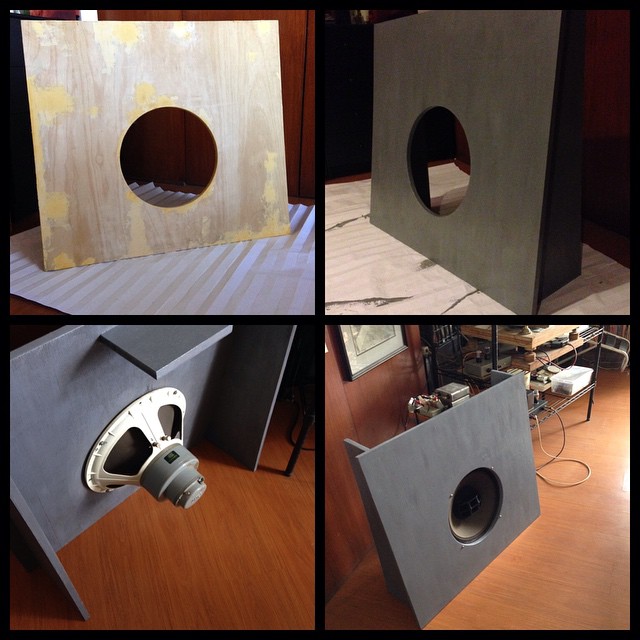Regular visitors to my Flickr would probably have noticed that I have been a committed Diafine user. Although I learned B&W film processing using Kodak D76, experimented with Ilford DDX and still use Rodinal, I like the convenience of not tempering my chemicals especially now that I live in the tropics.
This 2-bath compensating developer tends to "push" box speed typically by one stop or more. Thus the factory recommends a certain exposure index (EI) for each particular film, e.g. Agfa APX100 @ EI320, Ilford HP5+ @ EI800, Kodak PX125 @ EI400, Kodak TX400 @ EI1250. Through the years, I've learned to deviate a bit from the factory recommended EI settings and have adopted my own EI depending on lighting conditions or the contrast I want.
Diafine used to be cheap at about $15 for a pack that makes ONE GALLON EACH of Bath A and Bath B. That same gallon pack is now $50! In spite of being ever so careful of not contaminating Bath A with Bath B, my last gallon solution barely lasted two years with only 25 rolls developed. Prior to that I've had solutions lasting for 3-4 years with at least 50-60 rolls developed in them.
I went on a quest for an alternative panthermic chemical and found the late Barry Thornton's 2-bath formula. After reading through pages regarding Barry's 2-bath developer in the internet, I ordered the chemicals from Photographer's Formulary.
Barry Thornton 2-bath formula:
Bath A = 6.5g metol + 80g sodium sulfite, bring up to 1L with distilled water
Bath B = 12g sodium metaborate, bring up to 1L with distilled water
Bath A = 6.5g metol + 80g sodium sulfite, bring up to 1L with distilled water
Bath B = 12g sodium metaborate, bring up to 1L with distilled water
I mixed these chemicals in distilled water at room temperature (28°C). For Bath A, I recommend dissolving a pinch of sodium sulfite with the metol before adding the rest of sodium sulfite.
Develop at 20-28°C
ISO 100 film (4+4) = Bath A: 4 minutes, 6 gentle inversions each minute
Do not rinse.
Do not rinse.
Bath B: 4 minutes, 2 gentle inversions at 1 minute + another 2 gentle inversions at 2 minutes
ISO 400 film (5+5) = Bath A: 5 minutes, 6 gentle inversions each minute
Do not rinse.
Do not rinse.
Bath B: 5 minutes, 2 gentle inversions at 1 minute + 2 gentle inversions at 2.5 minutes.
Only use water as stop bath: after pouring back Bath B to its container, fill up the tank with water and invert 10 times then dump. Refill the tank, invert 10 times and let it sit for 1 minute then dump.
Fix the film for 7-10 minutes then wash (I use the Ilford method).
Only use water as stop bath: after pouring back Bath B to its container, fill up the tank with water and invert 10 times then dump. Refill the tank, invert 10 times and let it sit for 1 minute then dump.
Fix the film for 7-10 minutes then wash (I use the Ilford method).
Barry Thornton recommends dumping the 1L solutions after 15 rolls because Bath B exhausts. So far, I've done 12 rolls and it remains strong. I might try mixing another 1L solution of Bath B and keep using Bath A. We'll see how that goes...
Just like Diafine, contrast is preset at the photo taking stage instead of being able to control it during film development. Barry recommended shooting films at box speed as a starting point. Since this developer is not very well documented and not even included in Digital Truth's Massive Development Chart, I embarked on my own unscientific journey bracketing exposures with various films in my stash.
Foma 100
 |
| Fuji Acros @ EI100 |
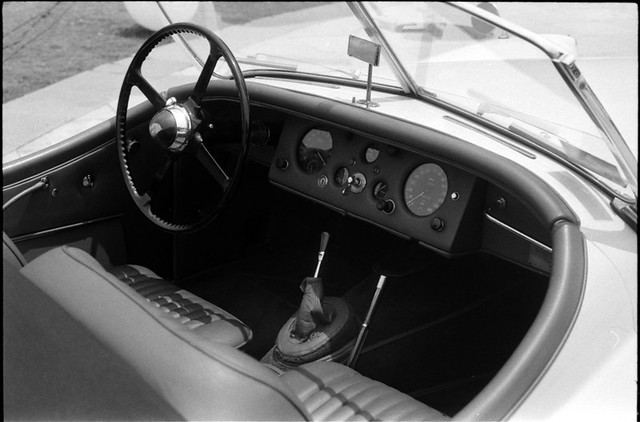 |
| Ilford FP4+ @ EI125 |
 |
| Ilford FP4+ @ EI125 |
ISO 200 Film
Kodak Eastman 5222/Double-X
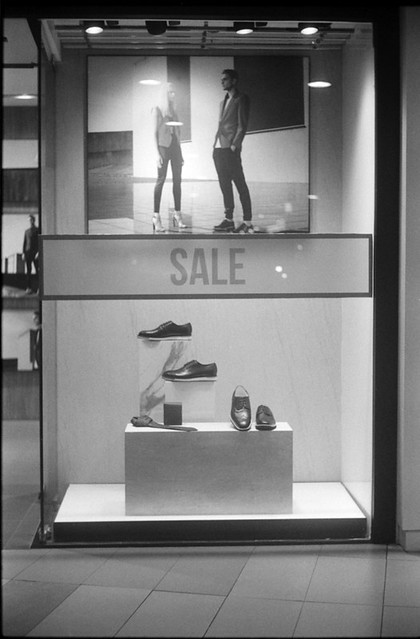 |
| Eastman 5222 @ EI400 |
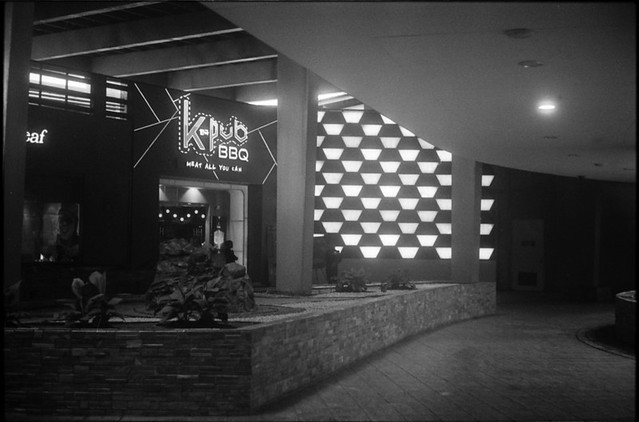 |
| Eastman 5222 @ EI400 |
 |
| Eastman 5222 @ EI800 |
ISO 400 Films
Fuji Neopan 400








